Your guide to Japanese public holidays and annual events—from Japanese New Year to summer festivals to Winter Solstice!
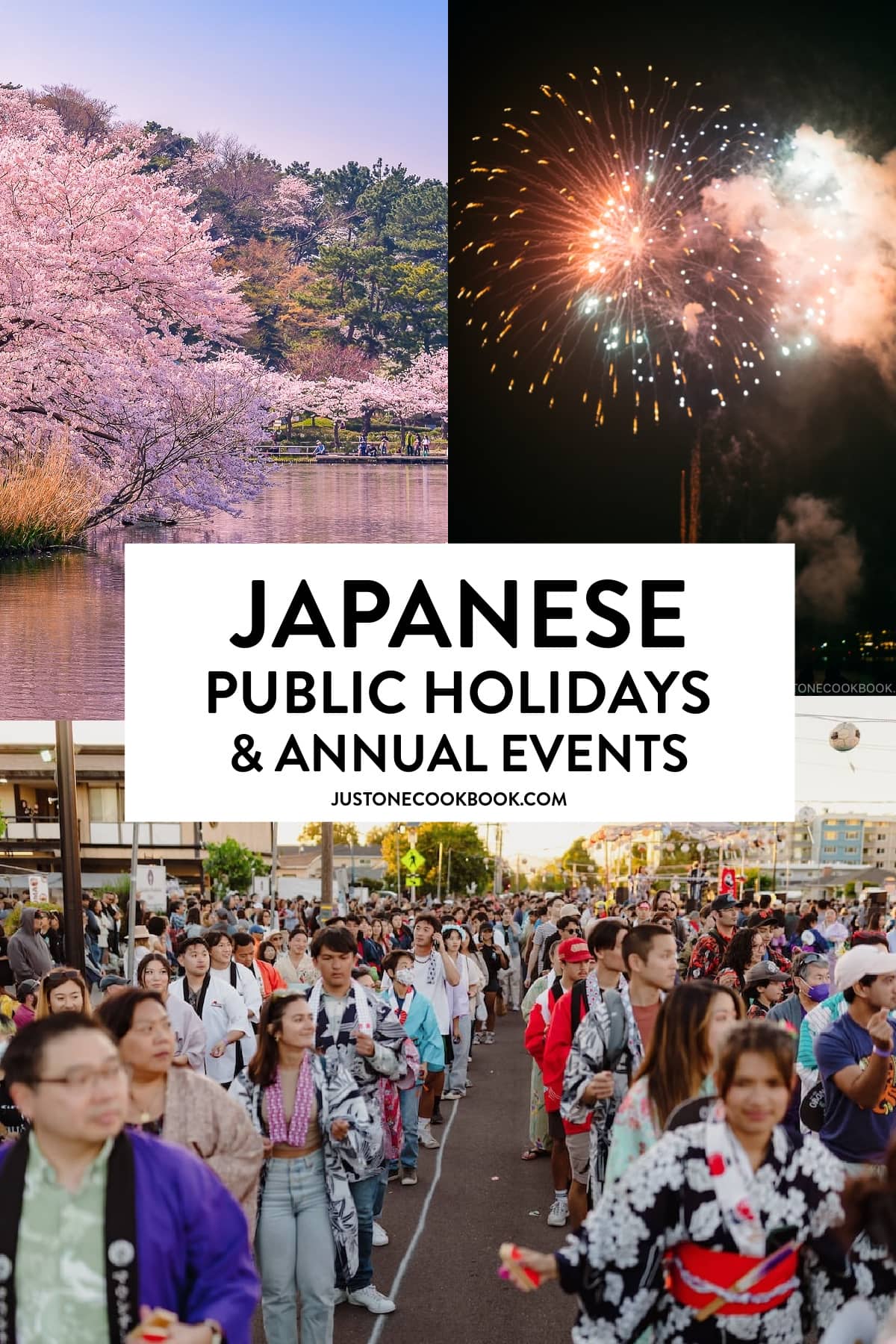
Japan is a country rich in traditions and celebrations, with a calendar full of public holidays and annual events that vividly reflect its history, customs, and the changing seasons. These occasions offer a unique insight into Japanese culture, allowing both locals and visitors to immerse themselves in the beauty and diversity of the country.
In this article, our goal is to shed light on some of the most significant Japanese public holidays and annual events that define the rhythm of life in the nation. If you happen to be in Japan during these holidays, you’ll have the chance to experience the festivities firsthand. However, even if you’re not in Japan, we encourage you to bring the spirit of these celebrations into your own home or local community!
Whether it’s hosting a grand feast on New Year’s Day, throwing a picnic beneath the blooming cherry blossoms in spring, or participating in a lantern ritual during Obon, these events are wonderful opportunities for us to connect with the rich heritage of Japan. We hope you’ll get to use this as your reference throughout the year.
January
New Year’s Day (Shogatsu, New Year’s Day)
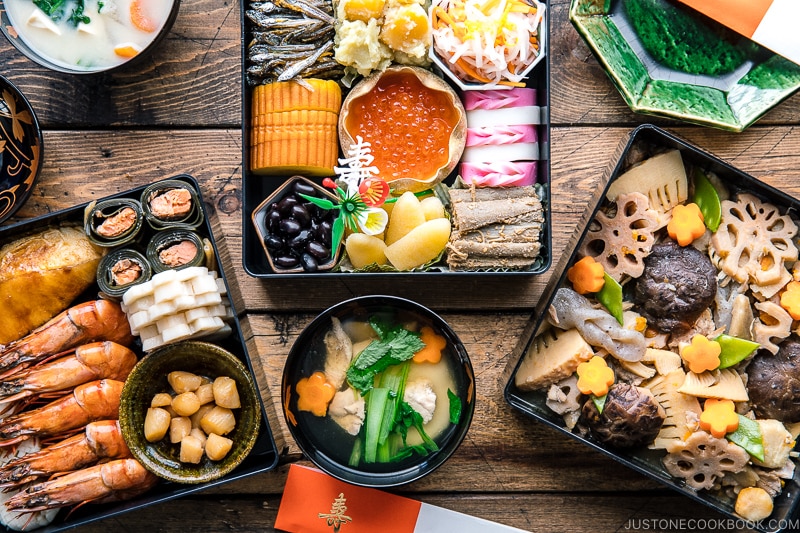
- New Year’s Day, known as Shogatsuis one of the most important holidays in Japan.
- Families come together to celebrate with traditional rituals, including visiting shrines or temples for hatsumode (the first shrine visit of the year).
- Most shops, restaurants, and tourist attractions are closed during the 1st three days of the new year.
- Osechi Ryoria special New Year’s meal with symbolic dishes, is prepared to bring good luck and prosperity.
🎍🍱 More good reads:
Coming of Age Day (Seijin no Hi, Coming of Age Day)
- Celebrated on the second Monday of JanuaryComing of Age Day honors those who have turned 20, marking the age of legal adulthood in Japan.
- Young adults dress in traditional clothes and attend ceremonies to celebrate this milestone. Women wear furisode kimono (furisode) and men wear a western-style suit or haori hakama (haori hakama).
February
Japanese Bean Throwing Festival (Setsubun, Setsubun)
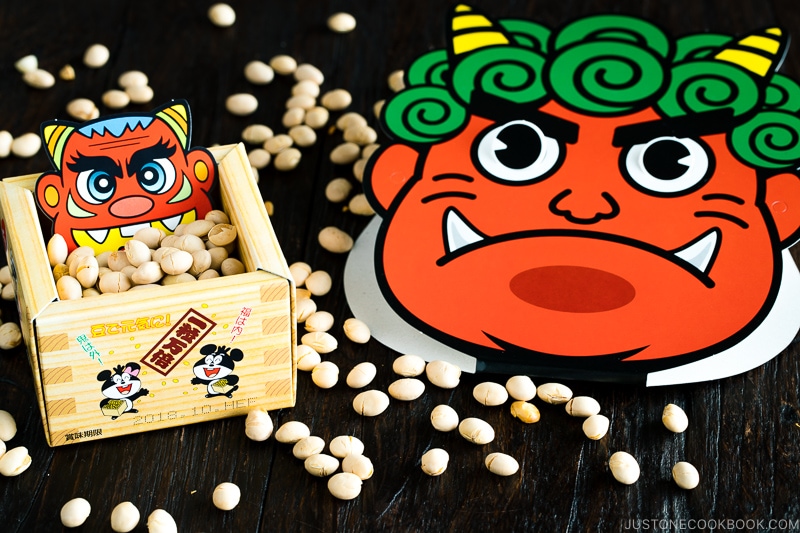
- Setsubun, celebrated on February 3rdmarks the beginning of spring.
- People participate in the ritual of mamemaki (bean throwing) to drive away evil spirits and eat ehomaki sushi rolls to invite good fortune.
👺 Learn how you can celebrate Setsubun at home!
Valentine’s Day
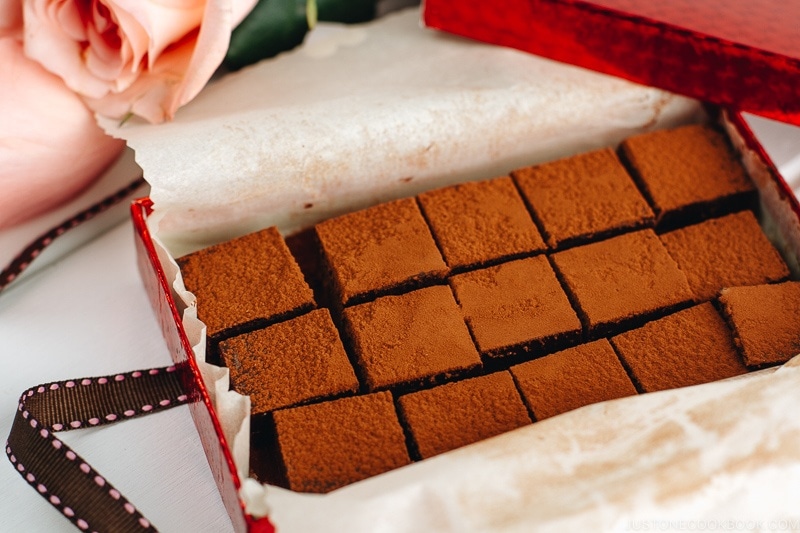
In Japan, Valentine’s Day is celebrated rather uniquely. It is customary for women to express their feelings by presenting gifts, typically chocolates, to men. However, there is a separate day (see March) when men reciprocate with gifts for the women who gave them chocolates. So, it will be a fair exchange.
March
Doll’s Festival or Japanese Girls’ Day (HinamatsuriHinamatsuri)
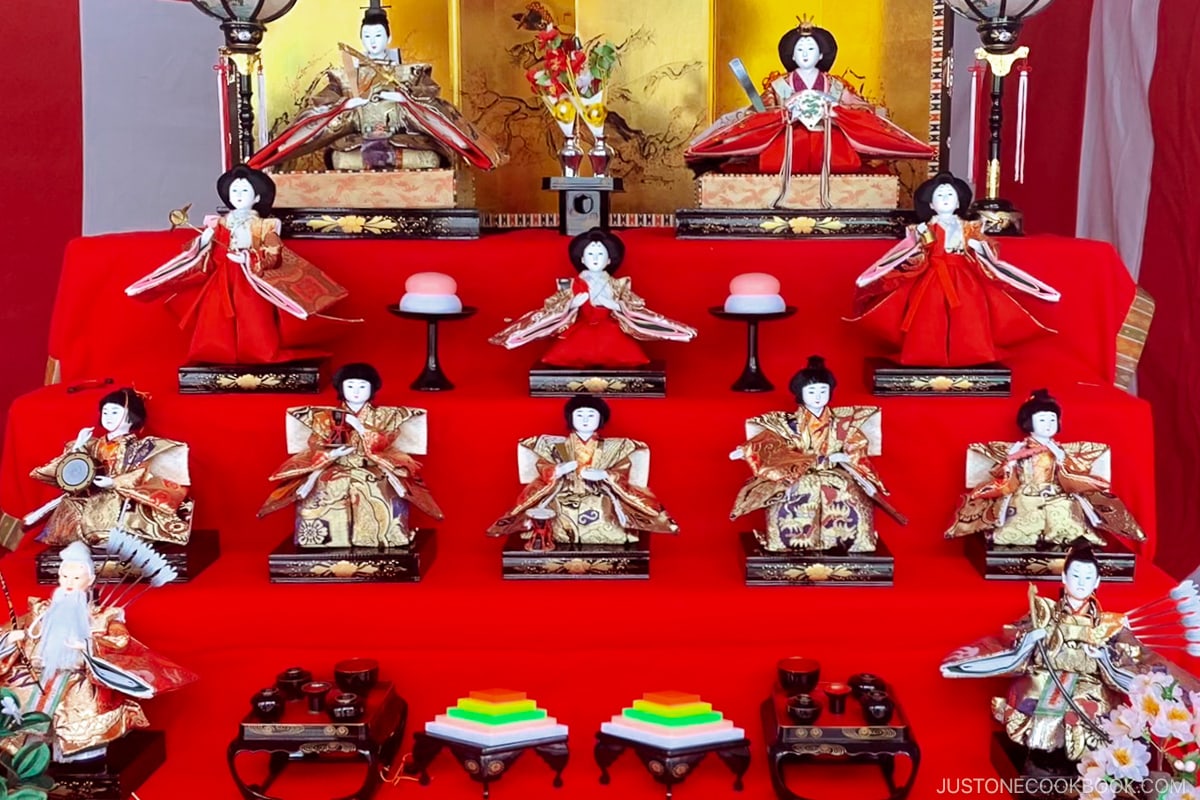
- Hinamatsuri, which takes place every year on March 3rdis an annual festival celebrated to wish for the health and happiness of young girls.
- Japanese families with young daughters mark this special occasion by adorning their homes with hina dolls and indulging in festive foods like Chirashi Sushi, Clam Soupand Ichigo Daifuku.
- The festival also serves as a harbinger of spring, with spring-themed colors prominently featured in decorations at homes, store windows, and classrooms.
🎎 Learn more about the origin and how you can celebrate Hinamatsuri.
White Day
- White Day in Japan is celebrated on March 14thexactly one month after Valentine’s Day. White Day is the day for men to reciprocate.
- Men would give white-themed gifts, such as white chocolate, marshmallows, or other sweets, to express their feelings of appreciation and affection.
- The tradition emphasizes the importance of reciprocation and mutual appreciation in relationships.
Cherry Blossom Viewing (Hanami, cherry blossom viewing)
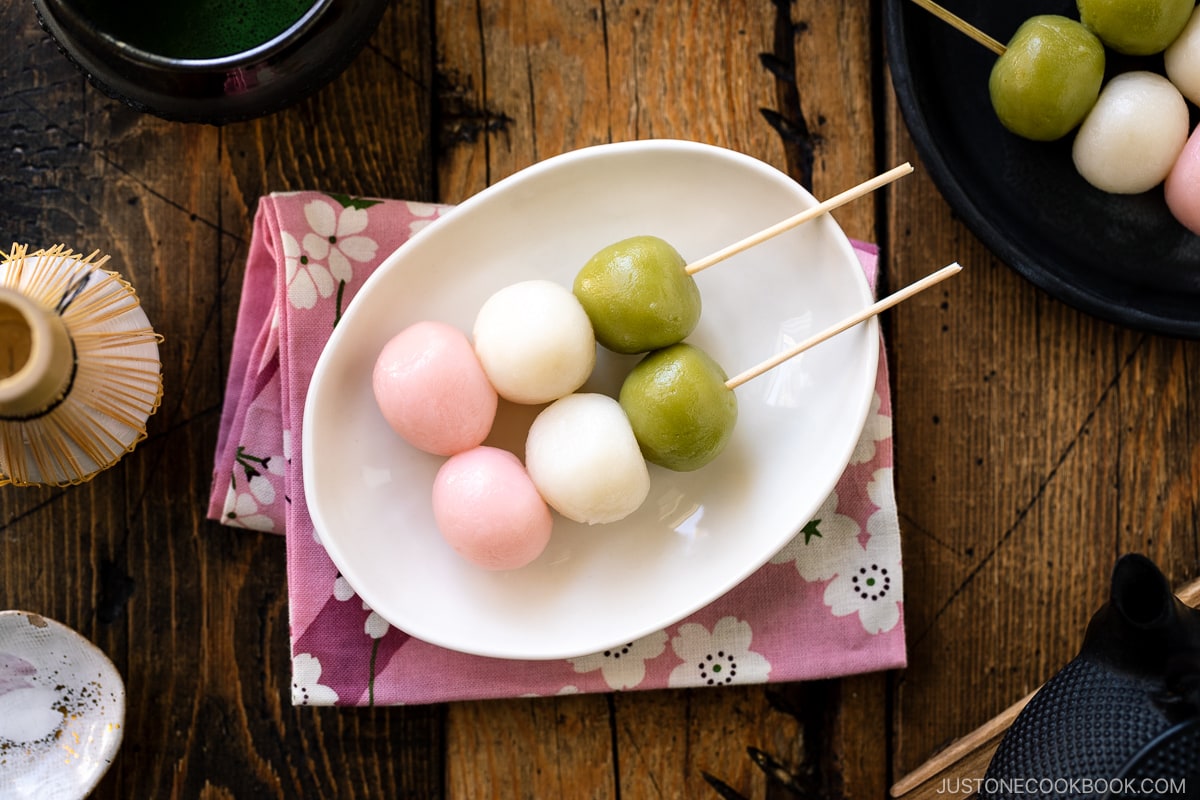
- Springtime brings the iconic cherry blossoms (sakura) to life, and hanami parties are held in parks across the country.
- Families and friends gather to enjoy the fleeting beauty of cherry blossoms, symbolizing the transient nature of life.
🍡 Celebrate cherry blossom season with these popular foods at home!
🌸 Check out the cherry blossom forecast in Japanese and English.
Late April to May
Golden Week
- Golden Week marks the beginning of an extended vacation period in Japan, featuring a series of public holidays from late April to early May.
- The holidays included in Golden Week are Constitution Memorial Day, Greenery Day, Showa Day, and Children’s Day. Many Japanese individuals take time off work for travel and leisure during this time. If you happen to be in Japan during Golden Week, anticipate crowds in popular tourist areas.
Children’s Day (Kodomo no hi, Children’s Day)
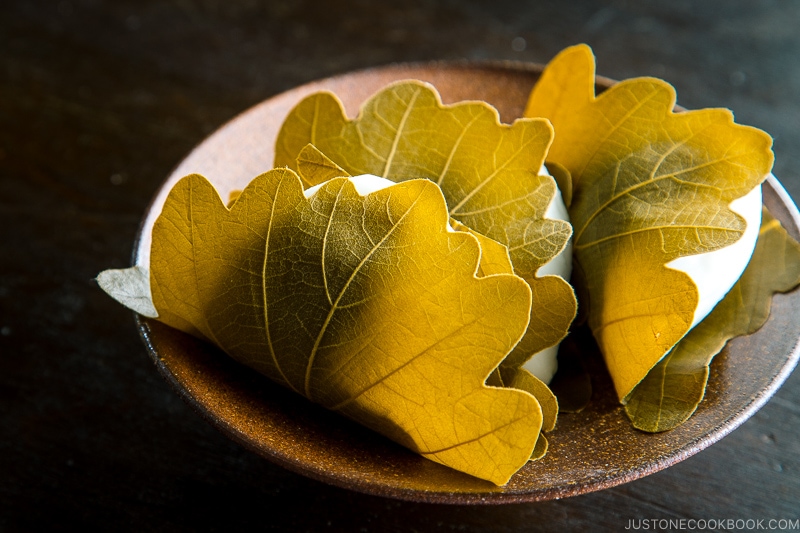
- Children’s Day is a national holiday that takes place toward the end of Golden Week every May 5th.
- Japanese families come together to honor children for their strengths and to pray for their health and happiness.
- One of the most noteworthy customs of Children’s Day is the decoration of colorful carp fish-shaped flags that adorn the balconies of residential houses, creating a brilliantly festive sight to behold.
🎏 Learn how you can celebrate Children’s Day with your family.
June to August
Summer Festivals (Matsuri, festival)
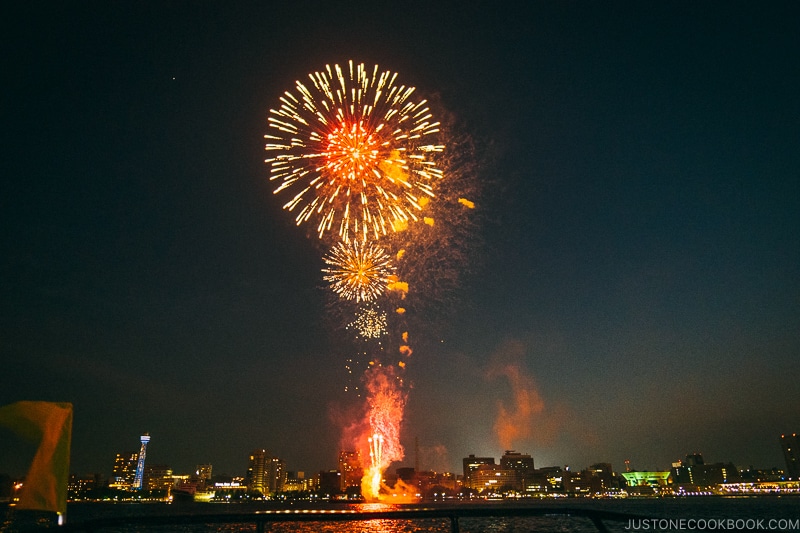
- Matsuri are vibrant and lively events that capture the essence of Japanese summer. Countless traditional and modern festivals take place across the country from June to August.
- One of the most iconic features is the ‘hanabi’ or fireworks displays that illuminate the night sky in a dazzling array of colors.
- Also, don’t miss trying out all the iconic street foods while you’re there!
🎆 🍧 More fun reads:
Obon Festival (Obon)
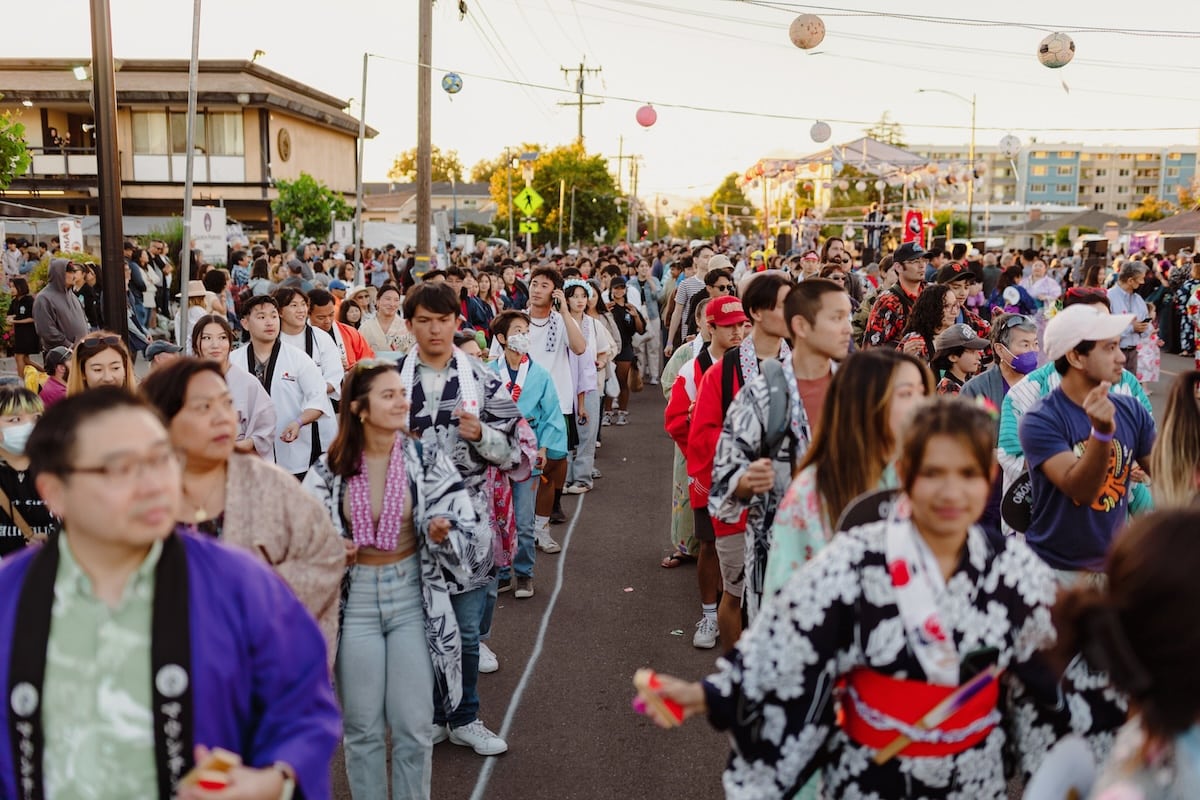
- Obon, typically observed in July and August, is a time to honor ancestors’ spirits through rituals and festivals.
- Bon odori dances, lantern displays, and visits to ancestral graves are common during this period.
- Outside of Japan, Obon is the most celebrated Japanese festival in many countries with a decent size of Japanese population.
September
Respect for the Aged Day (Keiro no Hi, Respect for the Aged Day)
- Held on the third Monday of September, Respect for the Aged Day honors elderly citizens.
- Families often express gratitude by spending time with grandparents and presenting gifts.
Japanese Mid-Autumn Festival (Tsukimi, Mid-Autumn Festival)
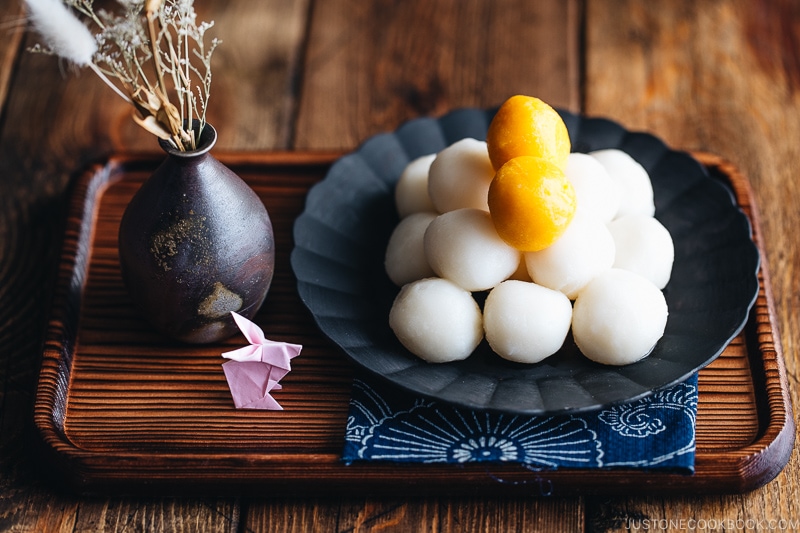
- Tsukimi, the Japanese Mid-Autumn Festival, is a time when people come together to appreciate the beauty of the full moon.
- Typically celebrated in September or October, Tsukimi is marked by various customs, including gatherings with family and friends to enjoy moon viewing.
- It’s a great time to try out Tsukimi dishes or Tsukimi Ryōri (Tsukimi Ryori) that feature seasonal foods and other special dishes that ignite images of the full moon.
🎑 Learn more about the celebration of Tsukimi and how you can observe this tradition in your backyard.
November
Rite of Passage Festival (Shichi-Go-San, Shichi-Go-San)
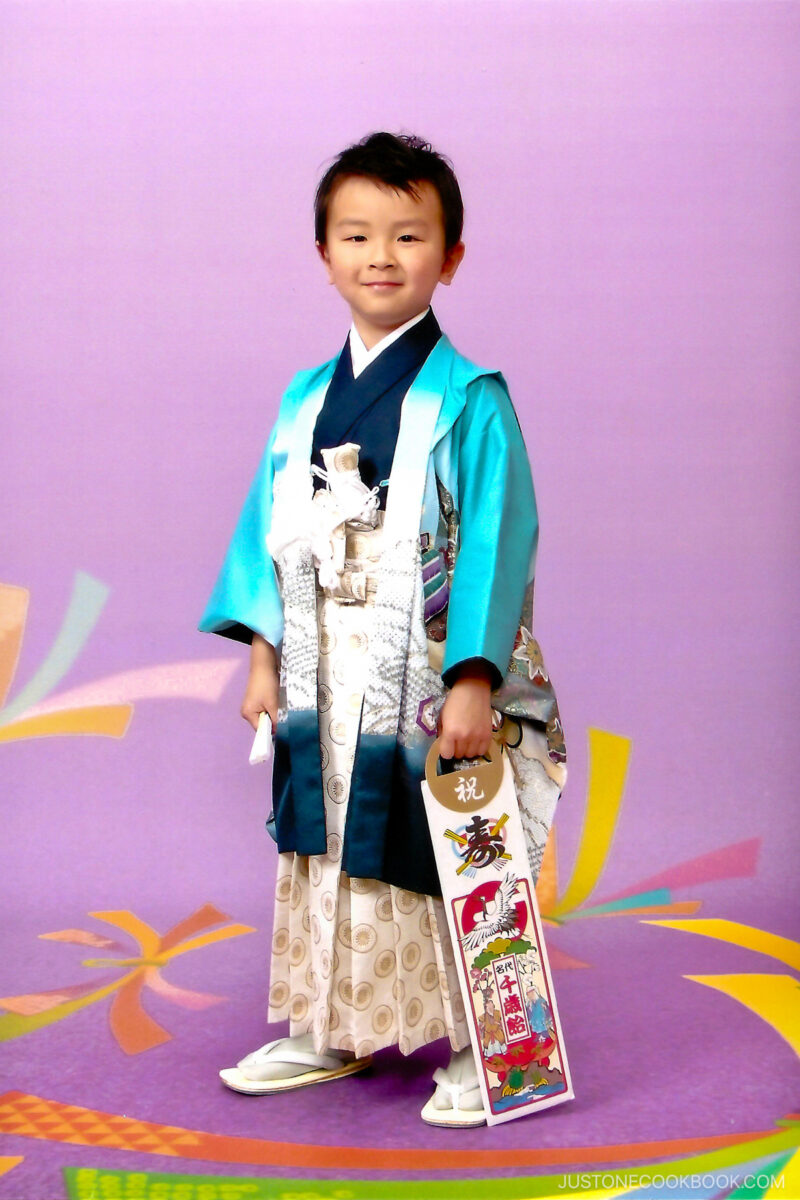
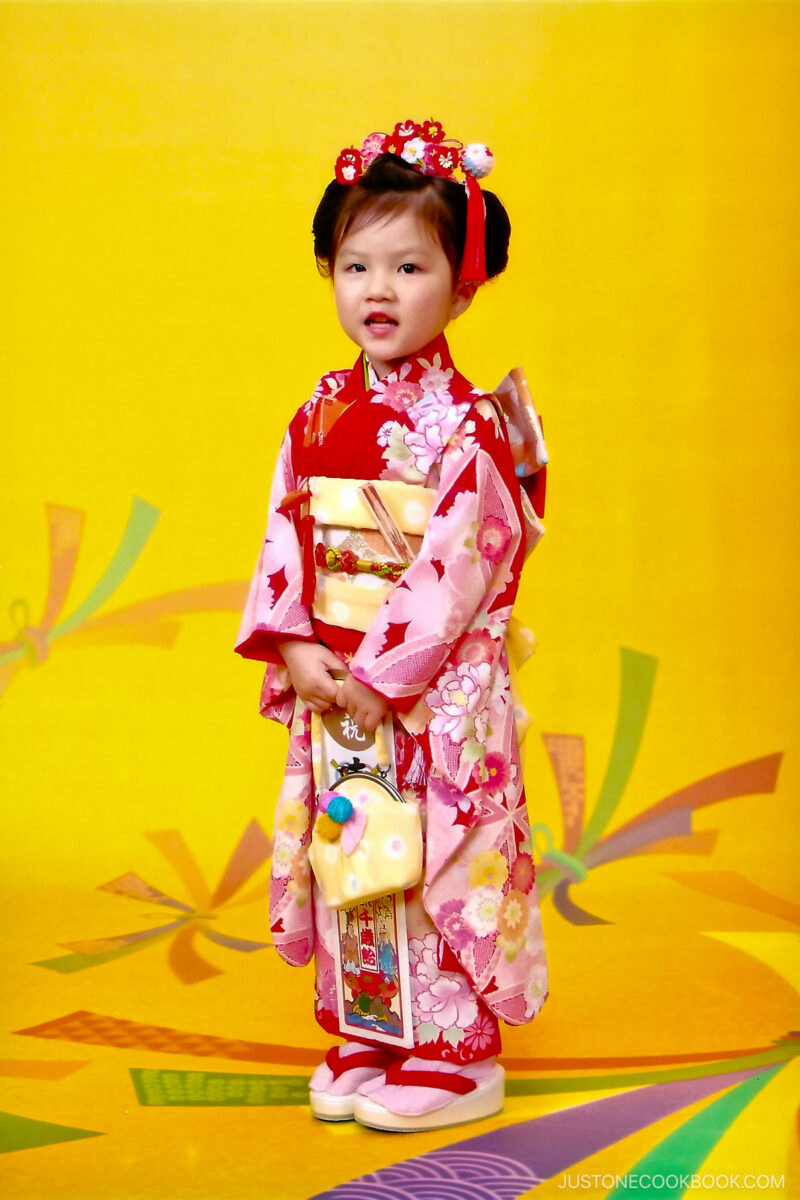
- Shichi-Go-San, held annually on November 15, marks the rite of passage for children turning three, five, and seven years old.
- Families visit shrines to pray for the children’s well-being and future growth.
December
Toji (Winter Solstice, winter solstice)
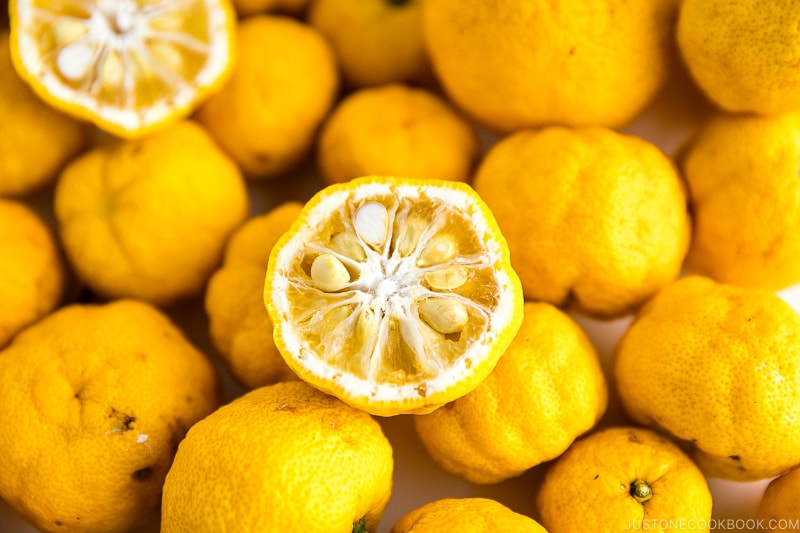
- Toji, the Japanese winter solstice, usually falls around December 22nd. This day marks the shortest day and the longest night of the year, symbolizing the return of longer daylight hours as winter progresses.
- We recommend checking out local shrines and temples for Toji Matsuri or Tojisai (冬至祭), the Winter Solstice Festival.
- If you’re in Japan around this time, treat yourself to an onsen and dine at restaurants that serve seasonal meals.
♨️ Learn more about the Celebration of Toji.
Christmas
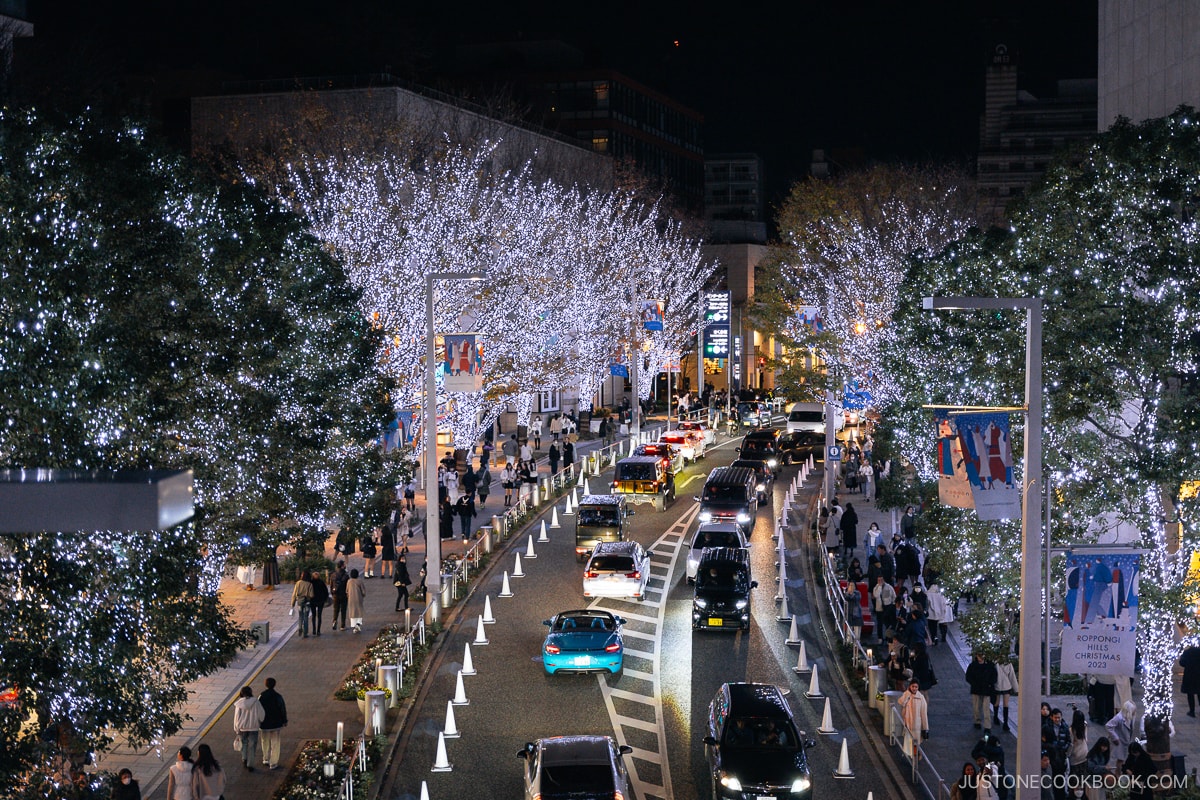
- While not a public holiday, Christmas is celebrated in Japan with festive illuminations, decorations, and the exchange of gifts.
- It has become a romantic holiday for couples, with Christmas Eve considered a special date night.
🎄Read: Top Tokyo Illumination Spots
New Year’s Eve (Omisoka, New Year’s Eve)
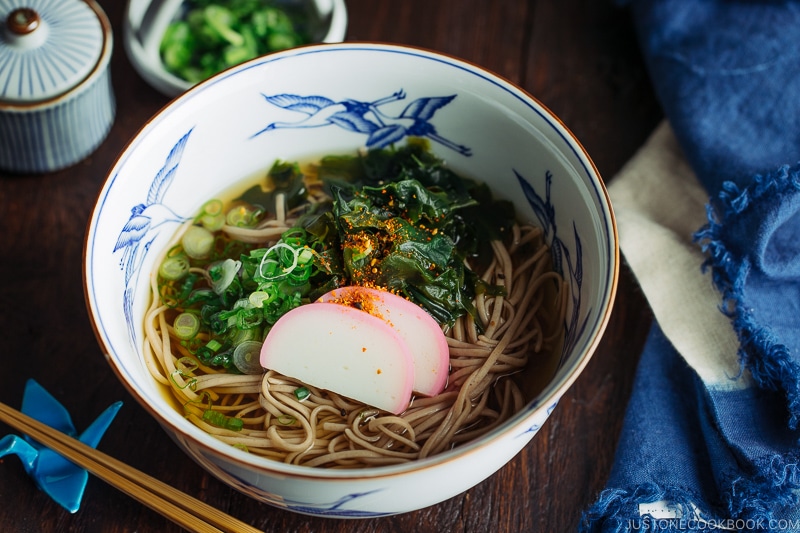
- New Year’s Eve, or “Ōmisoka,” is a cherished occasion marked by a blend of traditional customs and contemporary festivities.
- From sushi to Shabu Shabu to Sukiyakieach family has a different tradition for New Year’s Eve dinner. In the evening, the nation eagerly anticipates the annual “Kōhaku Uta Gassen,” a popular music show that has been broadcast on New Year’s Eve for decades.
- Most people stay up until midnight to listen to the 108 chimes of temple bells, known as joya no kane (New Year’s Eve Bell).
- It is a must to eat Toshikoshi Soba as the long noodles symbolize longevity.
Our Tokyo Travel Guide (eBook)
Visiting Tokyo? Check out our travel guide ‘100 Places to Visit Around Tokyo!’

This guide will help save plenty of your time as it includes:
- Carefully curated recommendations, including iconic landmarks and off-the-beaten-path attractions
- Personal tips and local insights
- Must-try restaurants, local eats, accommodations, shopping spots, and more.

